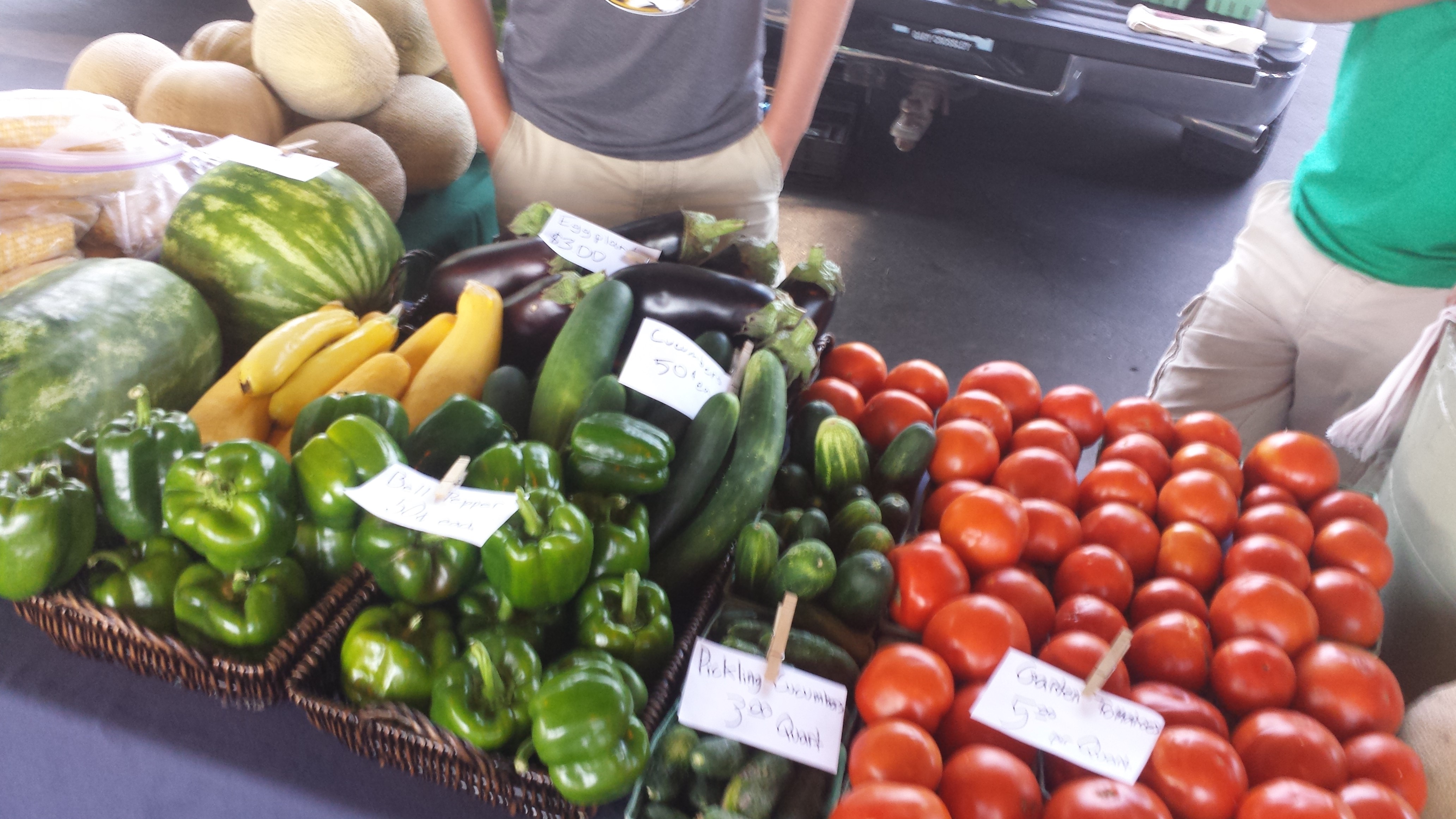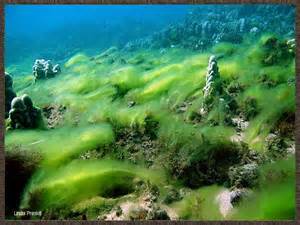
Ann and I had the pleasure of interviewing Linda Stanley after she had completed this 1000km walk.
Linda undertook this walk on her own, it took the best part of 8 weeks to complete and more than three months to prepare for.
Linda isn’t your average walker by any means, she suffered some serious injuries breaking her back in an accident. Being a somewhat determined lady she set about challenging herself to literally get back on her feet again.
We interviewed Linda in her new home, a beautiful chestnut farm in Nannup, Western Australia just after the launch of the children’s book she wrote about her journey.
‘Grandy’s Long Walk’ is written for young children, superbly illustrated about her walk.
Linda wrote the book out of a concern that children today spending less and less time with nature and more and more time in front of the small screen. She hopes to encourage more children to get outside and discover the same senses of wonder and joy of nature that she had experienced on her long walk in the forest.
You can listen to her telling us all about this amazing journey below.
We were so curious about this really long walk that during our research we found some youtube videos of other people who travel from all over the world to walk this track.
Darren is one such person, he created a video and kindly gave us permission to include it in this article. His video is just a part of the walk, you can view it here Bibbulmun track video Darren is raising money for Diabetes you can see his web site here Darren’s website
There is also a specialist web site filled with information for those who want to plan their own walk..The BIbbulman Track
Podcast: Play in new window | Download (Duration: 26:22 — 24.5MB) | Embed

















